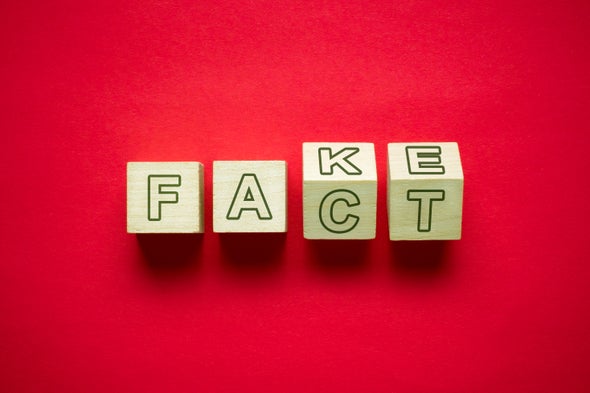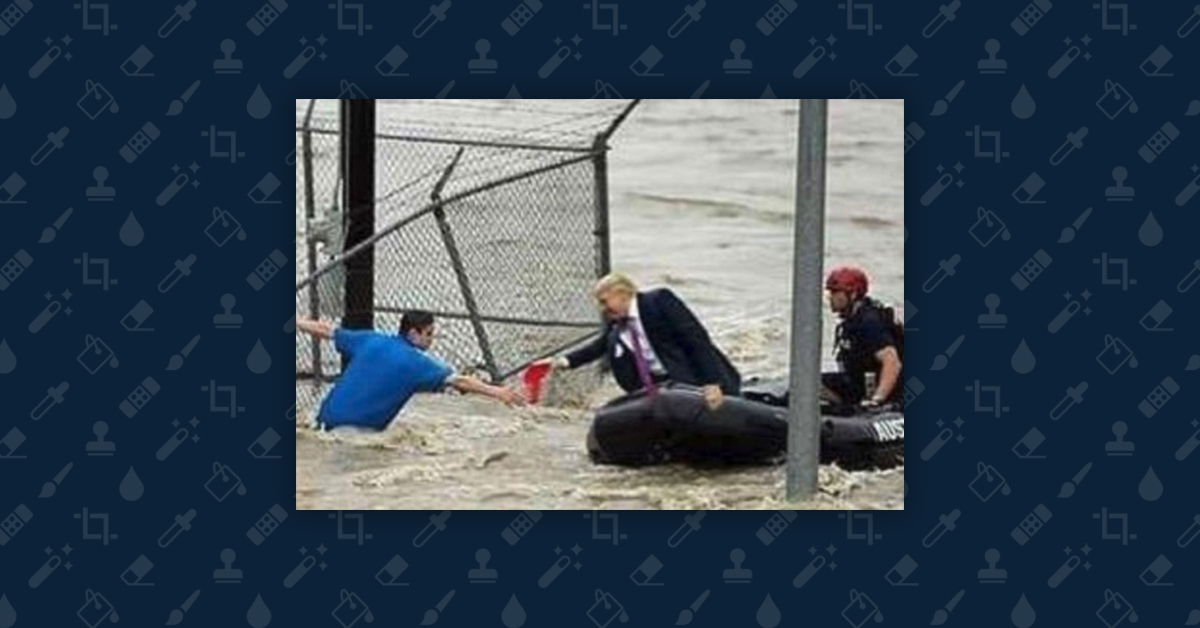
[Image ID: Four wooden blocks against a red background that spell out "FACT" or "FAKE" depending on if one looks at the upper or lower angle of the blocks. Source: Scientific American.]
Characteristics
Topics: What is fake news likely to be about?
Politics
Often
focuses on political outrage or current events
Conspiracies
Any attempt to assert that secret groups are controlling world events, usually maliciously
Nature
Heartwarming stories or “creature features” about unusual natural events
Health
Spurious or manipulative information about our bodies and diets
Celebrities
Any form of gossip about famous individuals
Mechanisms: How does fake news draw attention?
Urgency
Often taps into current events or claim time limits to share information
Outrage
Anything that makes people angry is likely to incur page clicks
Fear
Either stoking existing fears or creating new ones about potential risks will draw attention
Trust monopoly
A tactic that involves claiming that one’s own channel is the only one that delivers honest and unbiased reporting, in order to prevent engagement with other (real) news sources
Gaslighting
An attempt to deny reality through claiming that others have biased perceptions or that readers cannot trust their own senses
Stoking egos
Focusing on ways that readers or their groups have desirable qualities
Us vs. them mentality
Creating a sense of competition between groups, and tearing outgroup members down
Qualities: What makes fake news persuasive and “sticky” or viral?
Emotional appeals
Affective content draws attention and stays in the mind
Share appeals
Unlike real news, fake news often contains direct demands to be retweeted or shared
Pseudo-profound bullshit
Overwhelming any attempt at criticism through use of technical language or fake expertise
Doctored footage
Using information that engages the senses, which will often be remembered long after metacognitive tags of fakeness have been forgotten
Fauxtos
Deliberate misinterpretations of images or videos to make them more shocking
Formats: How does fake news tend to package itself?
Few/no/bad sources
Generally no links (or only links to non-factual sites), and no resources on where the coverage is coming from or how the author obtained this information
Short
Fake news is usually no more than a few paragraphs long, and often occurs in single-paragraph or even single-phrase formats
Memes
Although memes cannot really convey real news, they often convey fauxtos, outrages, share appeals, and other forms of fake news
No meta-data
Fake
news generally lacks information on the time of an event, the time the story
was posted, the author’s name and contact information, the news organization’s
contact information, and other paratextual elements
------------
Example

[Image ID: This fake photo has been altered to show President Trump leaning out of rescue boat to hand a campaign hat to a man clinging to a fence while in waist-deep floodwaters. Source: Snopes.]
Characteristics of this fake news item include: fauxto, outrage, politics, us vs. them mentality, no sources, share appeals, urgency, emotional appeals, celebrity gossip, short format, no meta-data
- What's the truth?
- President Trump did visit Houston in the weeks following the Hurricane Harvey floods, and did give material gifts to some of the victims
- No president would be allowed to venture into dangerous floodwaters as depicted here
- This photo is not from Houston, did not originally contain Donald Trump, and predates his use of red hats as campaign merchandise
- Who made up this story?
- Originally posted on a liberal site with a caption falsely claiming that outgroup member President Trump had given out campaign hats rather than providing real help to Houston flood victims
- Where did it spread?
- Widely shared on both liberal and conservative social media
- Liberal posters often cast this moment as reprehensible behavior from a powerful figure who stoked his ego rather than helping an individual in distress
- Conservative posters often cast this moment as an authority helping those in need with both material and emotional aid
- How can we tell this is fake?
- Inaccuracies in photo
- The president is wearing a white shirt that is perfectly clean in spite of the waist-deep muddy water that surrounds him
- The man reaching toward the boat is slightly misaligned; he would not be able to grasp the hat or the hand of a rescuer from that angle
- President Trump is a large man, but his end of the boat is sitting higher in the water than that of the smaller rescuer — his image was edited over that of a different person, and his size was exaggerated to draw the eye to him
- Lack of information
- The photographer is not credited, nor is the news site
- The longest versions of this fake news story were only a sentence or two that (with various biases) restated the contents of the photo itself
- Searching Google News and similar news-compiling sites for this story does not produce any corroborating coverage
- Low plausibility
- President Trump is present without Secret Service or even a life
vest in an extremely dangerous situation, the kind of risk that
presidents are forbidden from taking
- Even those who oppose Trump can acknowledge that it would be highly irregular for any politician to hand out campaign merch to a man seconds from being swept away by floodwaters




